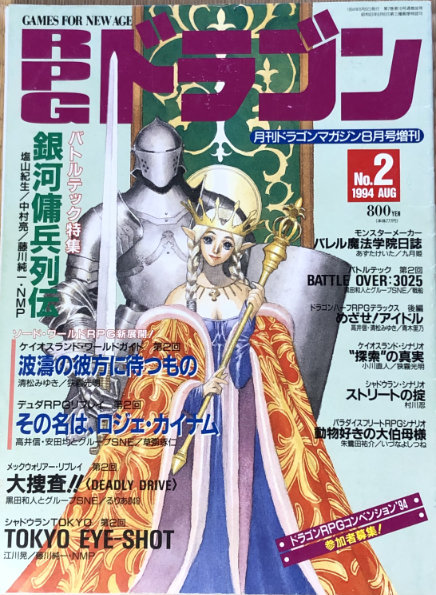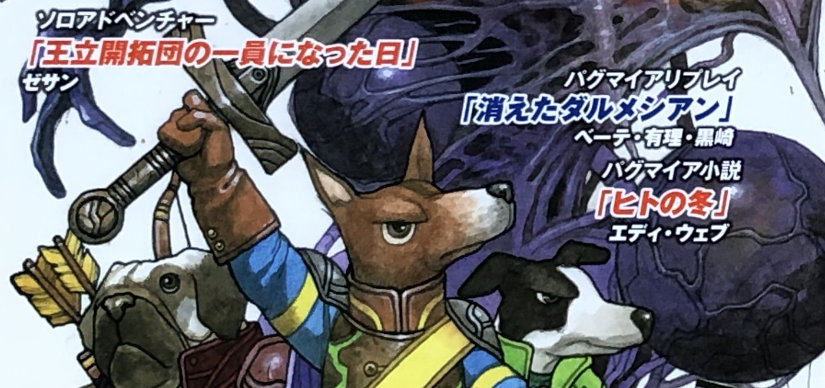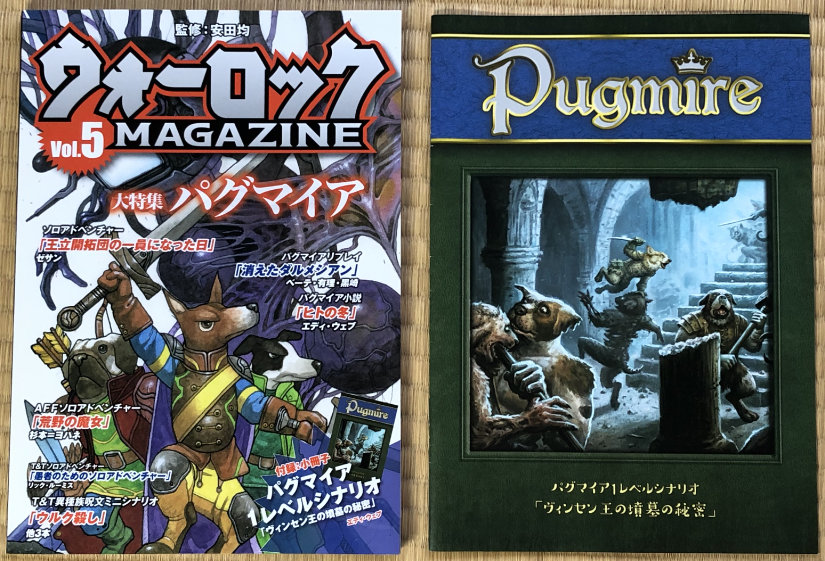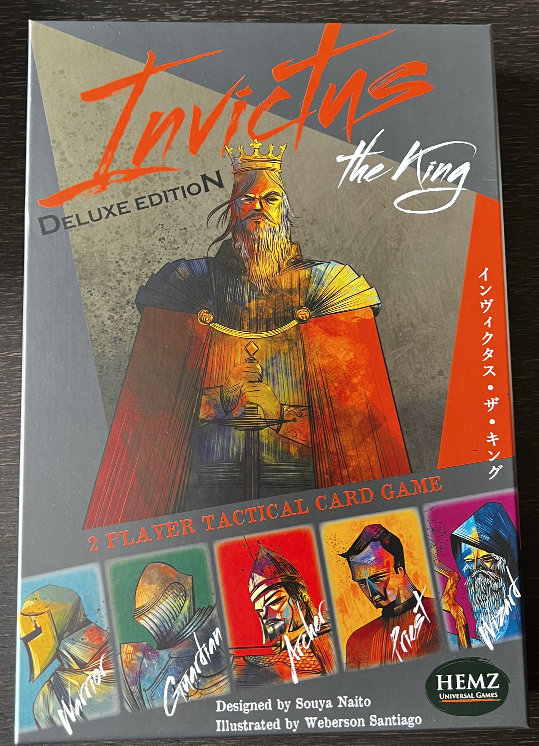
After trying out NoviNovi TRPG: The Horror, I next played a few games of Invictus: the King, a two player tactical card game. I originally picked this up at Tokyo Game Market 2019 because I loved the art, but it was also fun to play. Gameplay is symmetrical, with both players building their deck from the same set of cards.
What’s in the Box
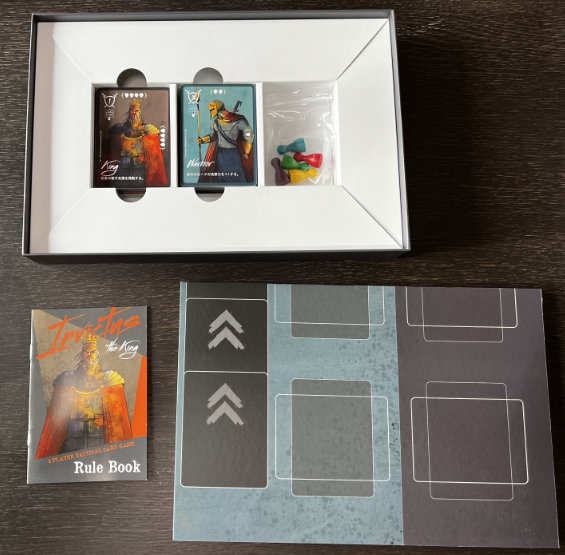
The are multiple themed editions, such as Japan and Egypt, but I have the original Medieval deluxe edition. The difference between the deluxe edition and others is the inclusion of a board and wooden tokens. Contained within is a folding game board; five types of soldiers with twenty cards each; 5 king cards; 5 wooden pieces (one for each unit color); and the rulebook. Continue reading Invictus: the King

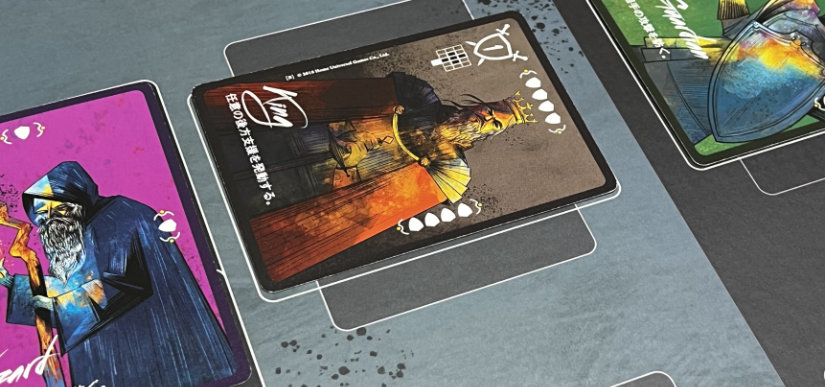
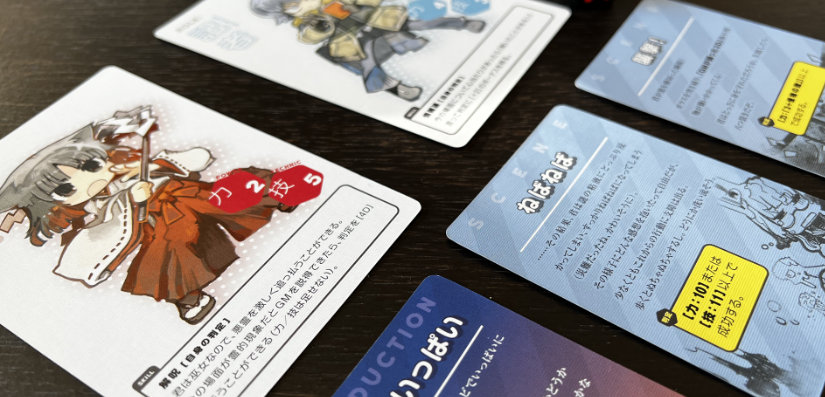
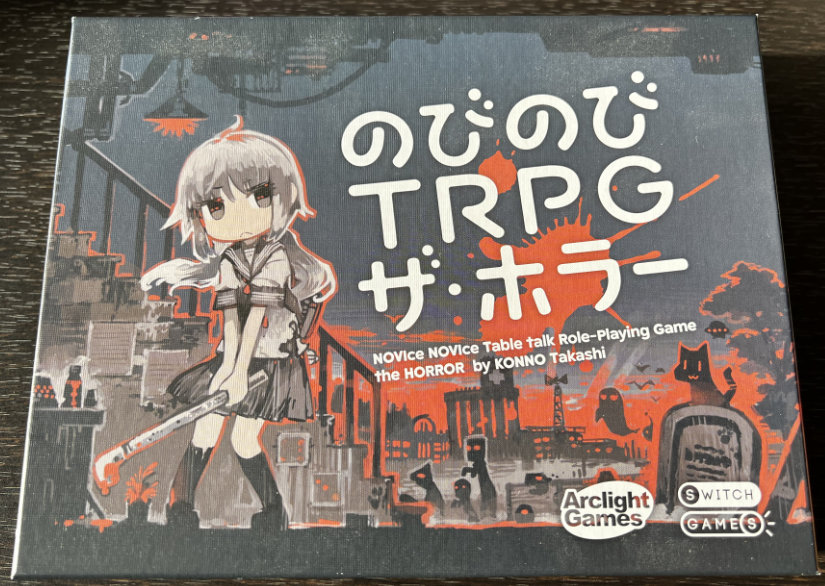
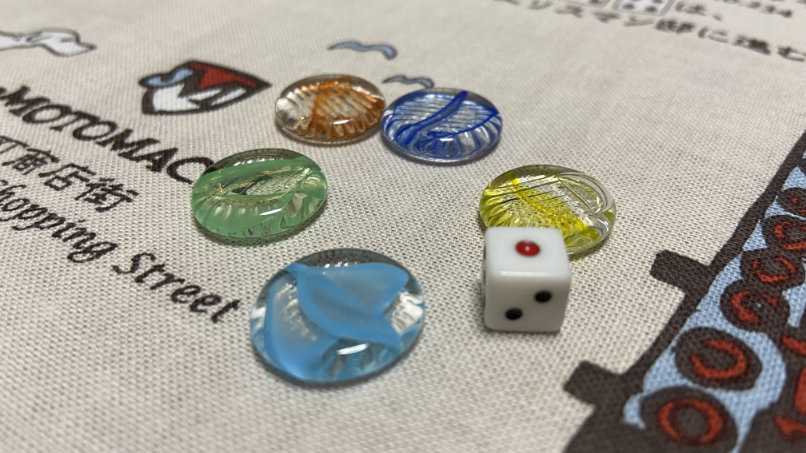
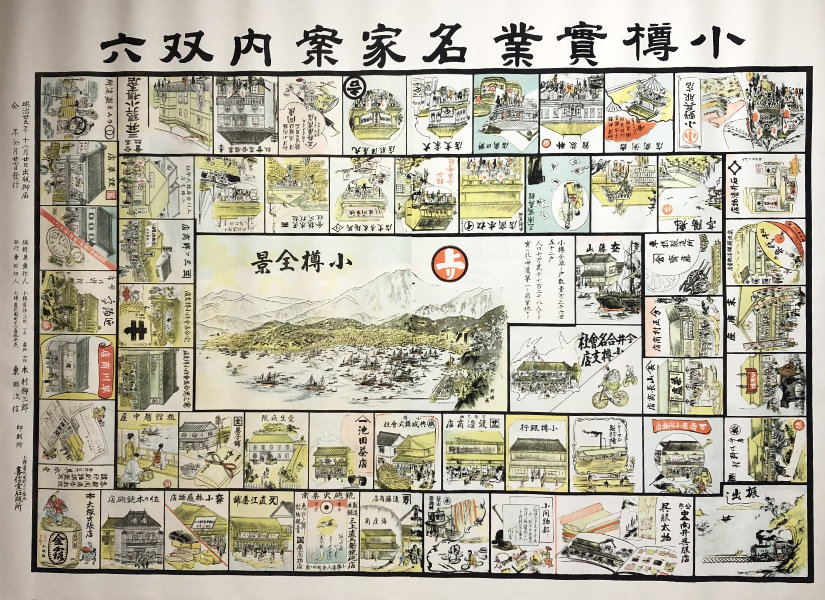
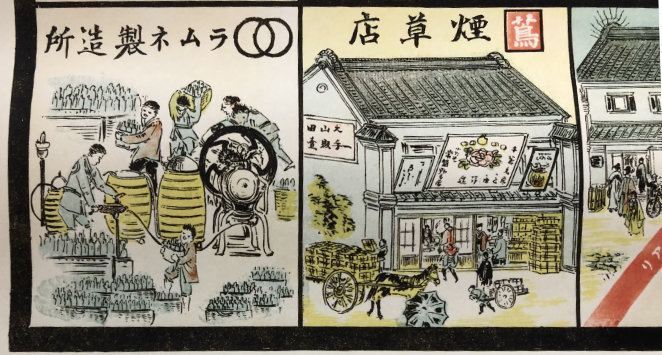
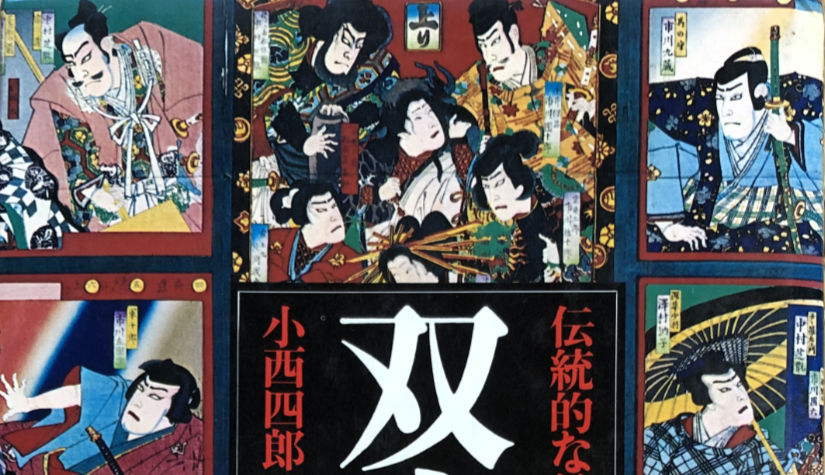
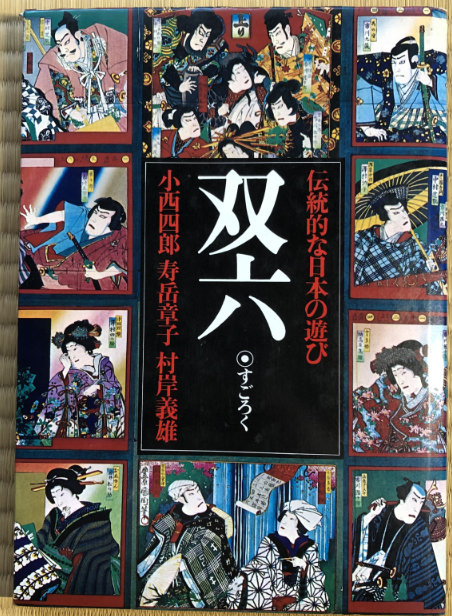
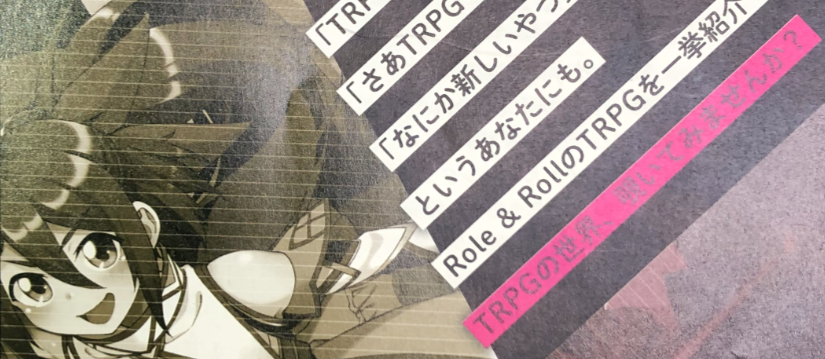
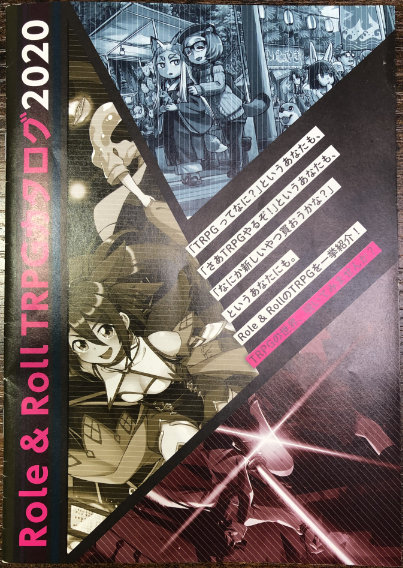

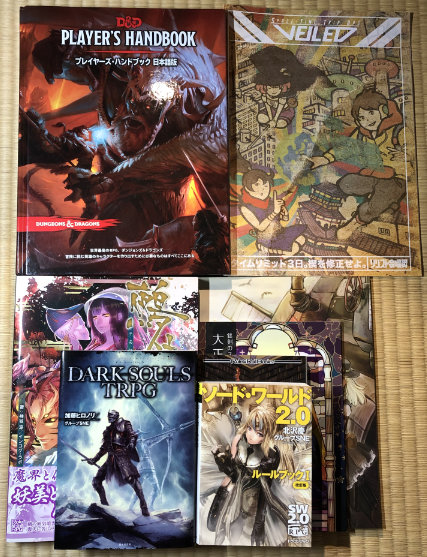
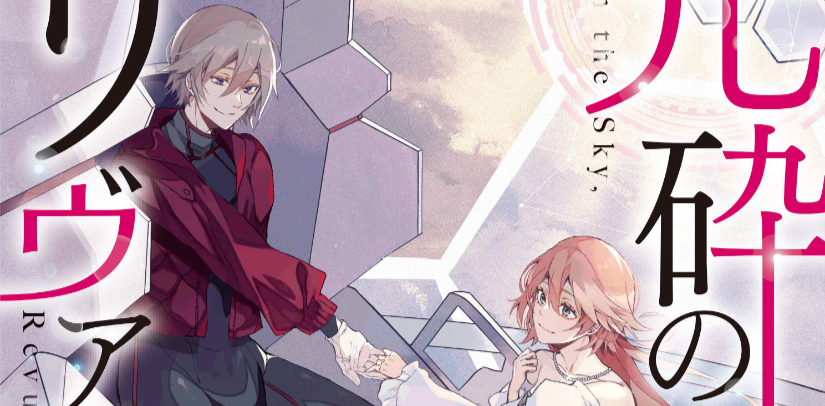
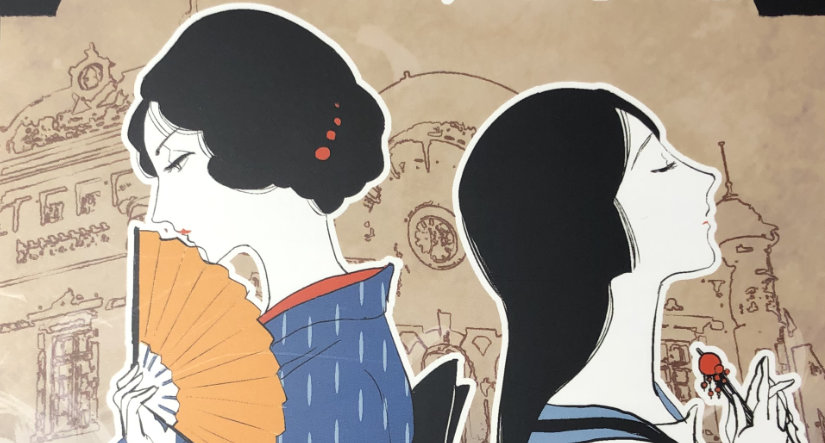
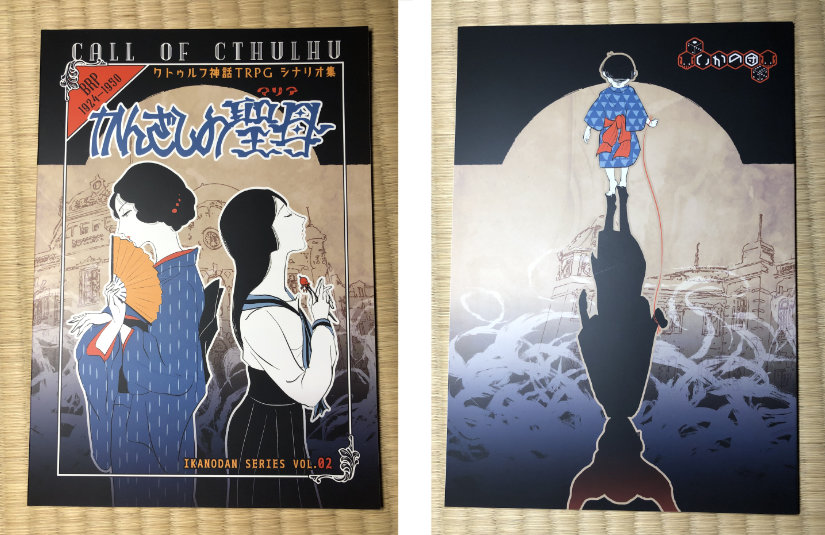
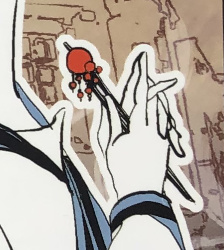 Containing three scenarios ranging between 1924 and 1950, its cover channels the Taisho and early Showa era aesthetic. Kanzashi, which the girl on the right is holding and involves the third scenario, is an
Containing three scenarios ranging between 1924 and 1950, its cover channels the Taisho and early Showa era aesthetic. Kanzashi, which the girl on the right is holding and involves the third scenario, is an 
